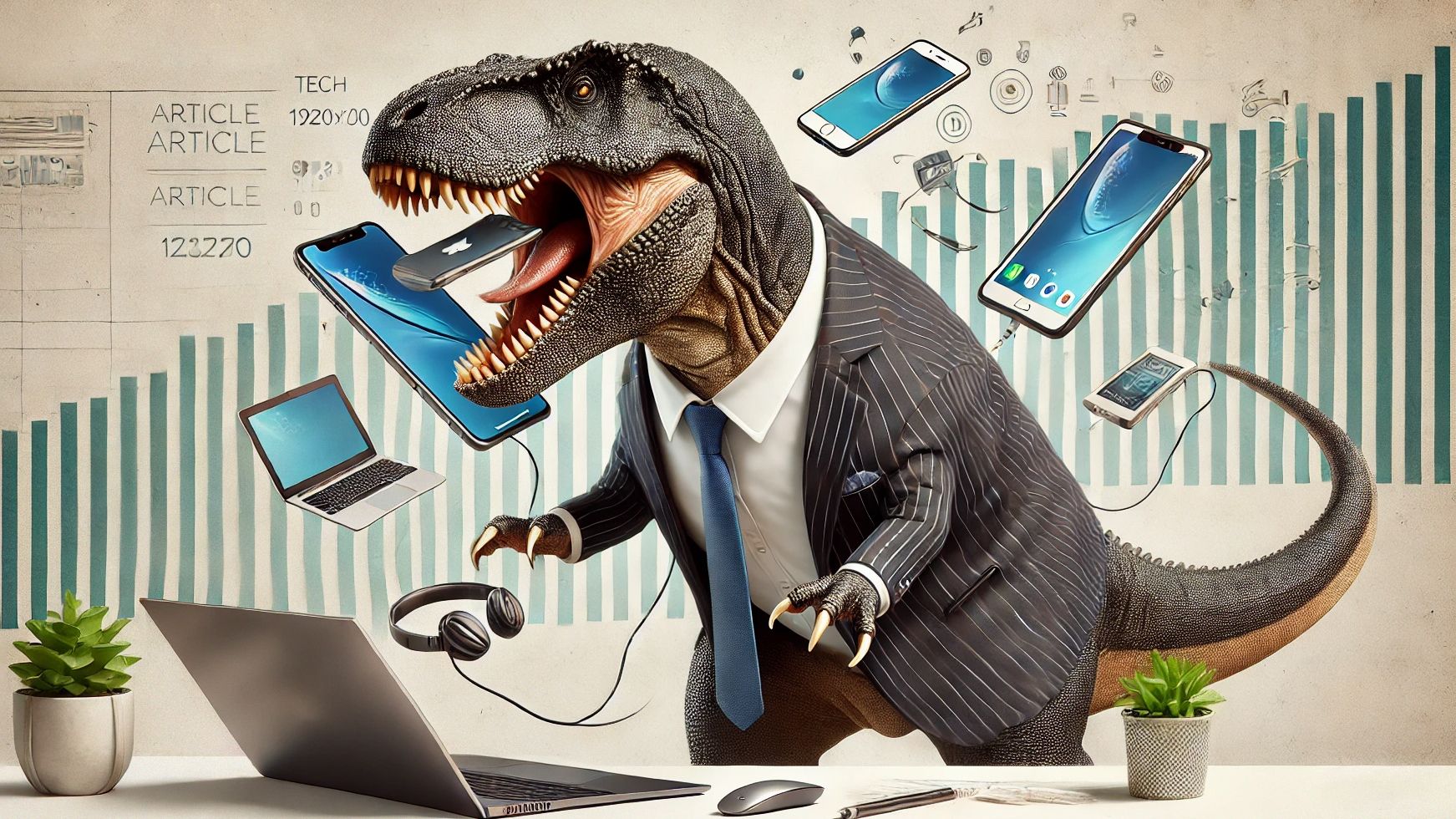10 Product Development Lessons from Jurassic Park

Welcome… to Product Development Park
If you think developing a product is hard, try running a theme park filled with prehistoric apex predators and see how that goes. Jurassic Park isn’t just a cautionary tale about why you shouldn’t cut corners on security; it’s also an excellent guide to building products.
Let’s face it: if you survive a T-Rex rampage, you can survive a product launch.
So here are 10 things Jurassic Park taught me about developing products.
1. It’s All About the Idea
A great idea isn’t enough—you must be obsessed with it. Like, “I’m willing to revive creatures that ruled the Earth for 150 million years” obsessed. You need to believe in it so much that others can’t help but believe in it too. Just, maybe, pick something that won’t eat your investors.
2. You Need Investments
Cloning dinosaurs isn’t exactly a budget-friendly endeavor. You’re gonna need deep pockets or someone with deep pockets and a questionable sense of risk. Find people who believe in your vision and are willing to put their money behind it.
3. There’s Always Competition
It’s a jungle out there. While your competitors may not have teeth the size of bananas, they’re still dangerous. Someone’s always trying to out-innovate you, out-market you, or just plain out-eat you. Protect your product—whether that’s with patents, security measures, legal teams or electric fences. Whatever it takes.
4. You Need Experts
Assemble a team of rockstars (bass players are important too!), the best and brightest in their fields. And for the love of all that is chaotic, if Jeff Goldblum ever gives you advice, follow it.
5. Find a Test Group
Testing is crucial. Get diverse feedback, real users, skeptics, chaos theory fanatics—everyone. Maybe don’t use your grandchildren as your primary test subjects in a high-risk environment. (Looking at you, John Hammond.)
6. Always Soft Launch
You don’t just release everything at once (unless your goal is widespread panic). A controlled, gradual launch allows you to spot issues before they cause a disaster. It’s baby steps, not raptor babies—those things are trouble.
7. Marketing is Key
Don’t just sell a product, sell an experience. Branded jeeps, interactive exhibits, the whole shebang. Make your pitch so irresistible, people will ignore the giant red flags (and the occasional dinosaur attack).
8. There Will Be Giant Problems
Unexpected disasters will happen. Maybe not T-Rex-escaping-the-paddock level, but things will go wrong. Be prepared and have contingency plans. And whatever you do, do NOT shut down the entire system at once. Just… don’t.
9. Work as a Team
One person cannot do it all. One developer managing all the code? Nope. One person making all the decisions? Disaster. Collaboration saves lives—or at least prevents catastrophic product failures.
10. HR is Very, Very Important
If Jurassic Park had a solid HR team, none of this would have happened. Employee satisfaction matters. Hiring the right people matters. If your IT guy is so disgruntled that he’s willing to sell out the entire company, maybe address that before he takes down the security system. HR saves lives. Literally.
So, there you have it—product development lessons from the ultimate cautionary tale.
Remember, it’s not about avoiding mistakes. It’s about learning from those mistakes, adapting, and hopefully, not getting eaten by your creation. And if all else fails, remember the immortal words of Dr. Ian Malcolm: “Life finds a way.” Even if that way involves a lot of screaming and running.
Now, if you’ll excuse me, I’m off to double-check my electric fences… around my developers. After all, I’m in HR… and HR saves lives!